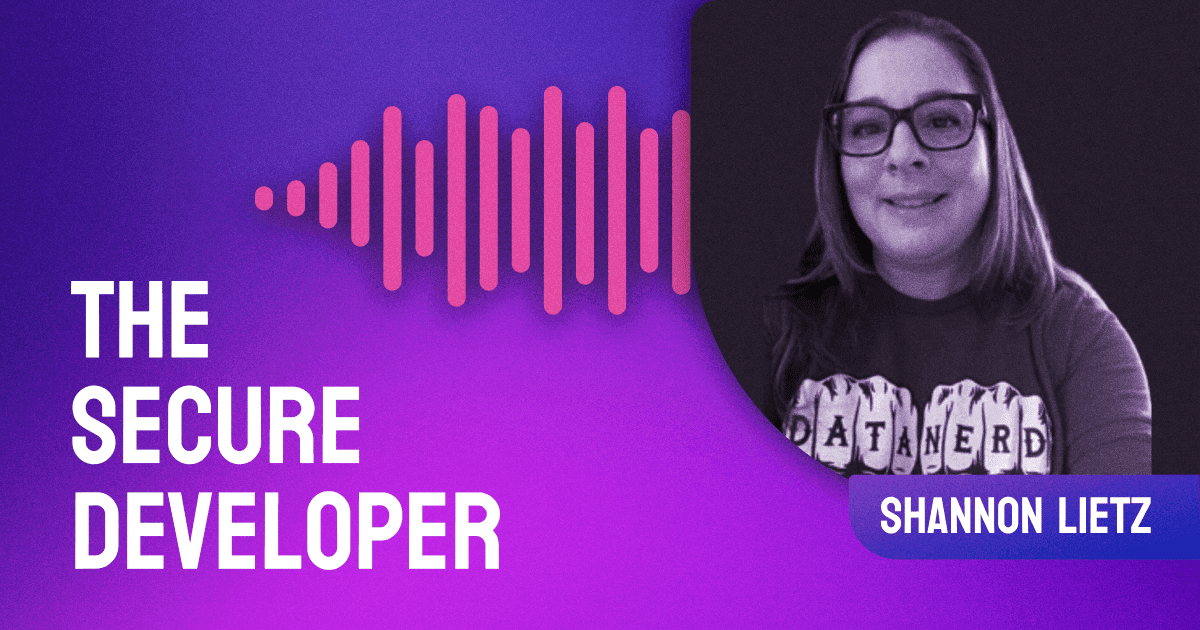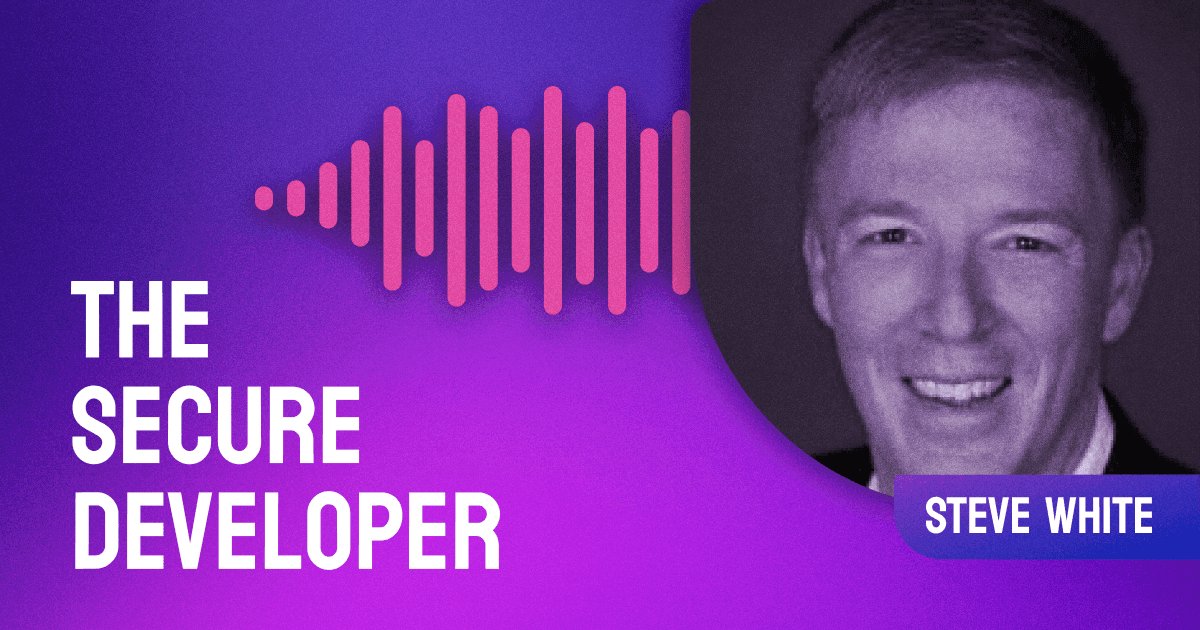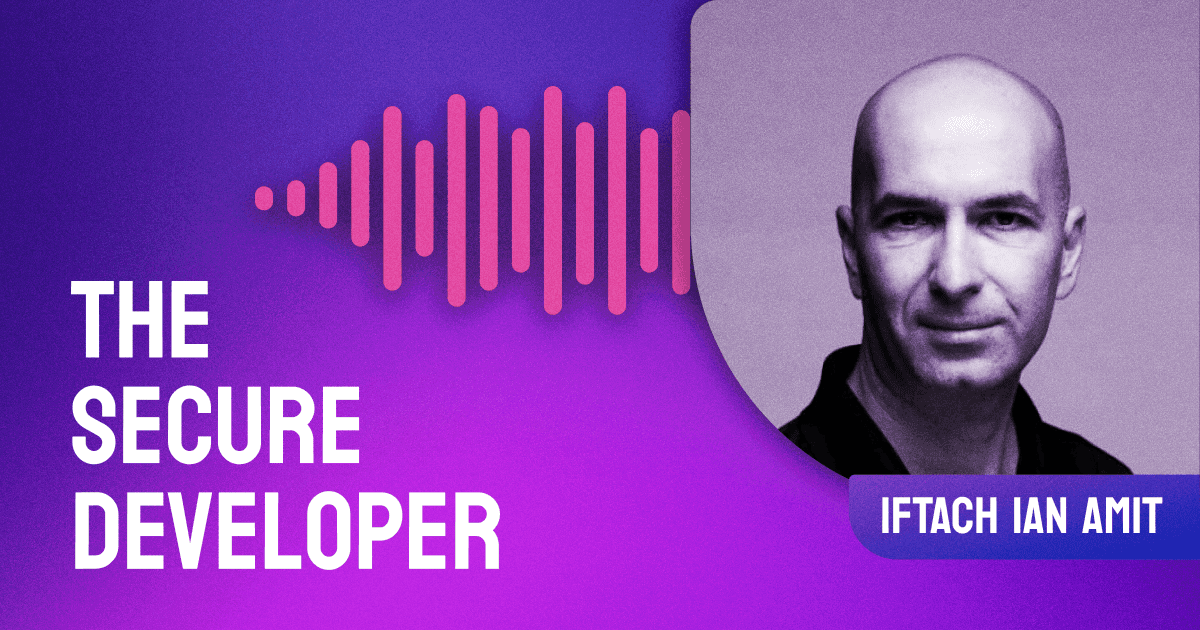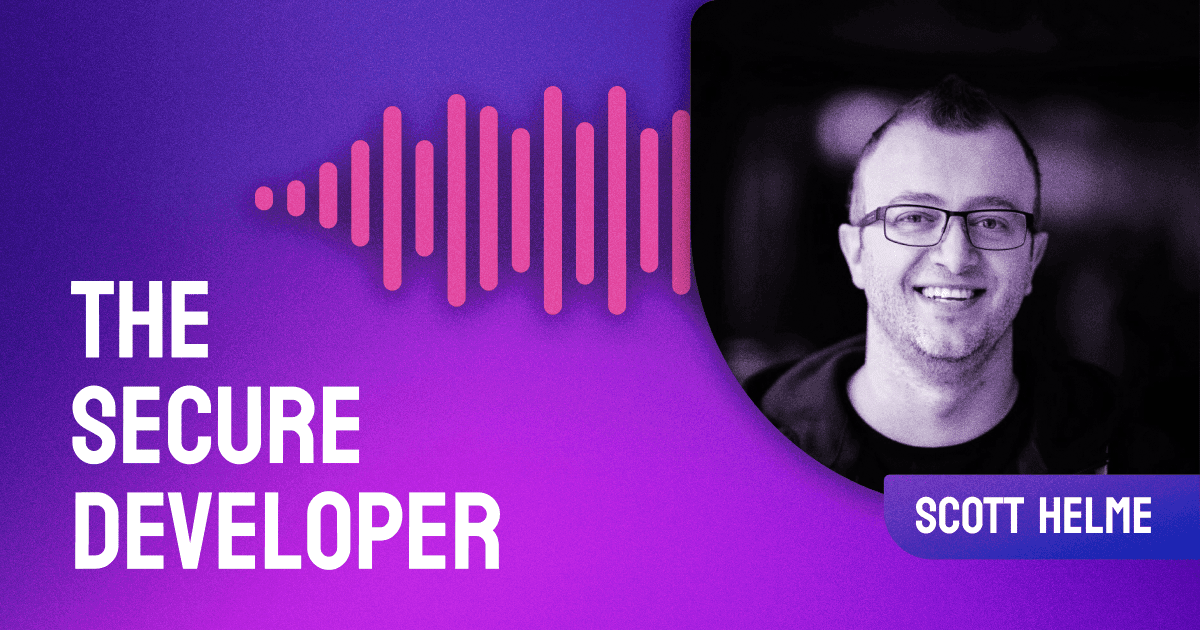Many banks are still running on decades-old sets of legacy technologies, but the security and performance advantages cloud-native systems offer is changing that. Today, we’re going into the future of banking technology with Neil Drennan, CTO at 10x Future Technologies. His firm is building the first cloud-native banking platform that can be used by large-scale banks in order to solve the cost and security related problems caused by their legacy systems. Neil fills listeners in about his role in the overall mission at 10x before diving right into the topic of how they integrate security into their development practices. Often security and development teams find it difficult to integrate into each other because they are kept in separate silos from the outset. Things are different at 10x though as Neil explains, talking about the back and forth conversations between his different teams and their use of vulnerability dashboards to keep things transparent. Neil weighs in on the necessity for 10x to get security right, but the benefits of working with banks as clients because of their high level of insight into potential threats. We hear all sorts of amazing improvements for threat monitoring that cloud-native solutions can provide, making the legacy moat model look outdated indeed. A key takeaway from Neil today is the importance of building security into development from the ground up, so tune in to hear how he manages best practices at 10x.
10x is looking for more talent to join its team with roles in the UK in London and Leeds. You can see their latest roles here





